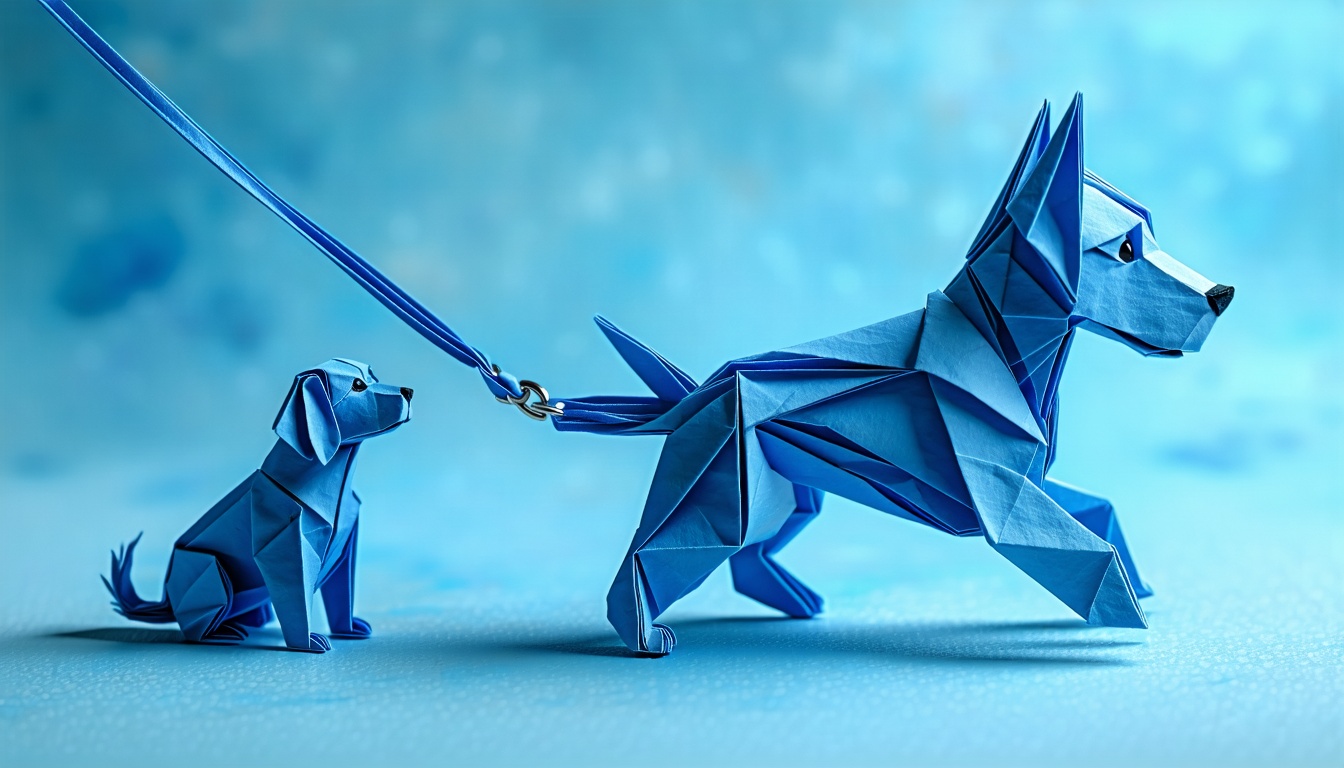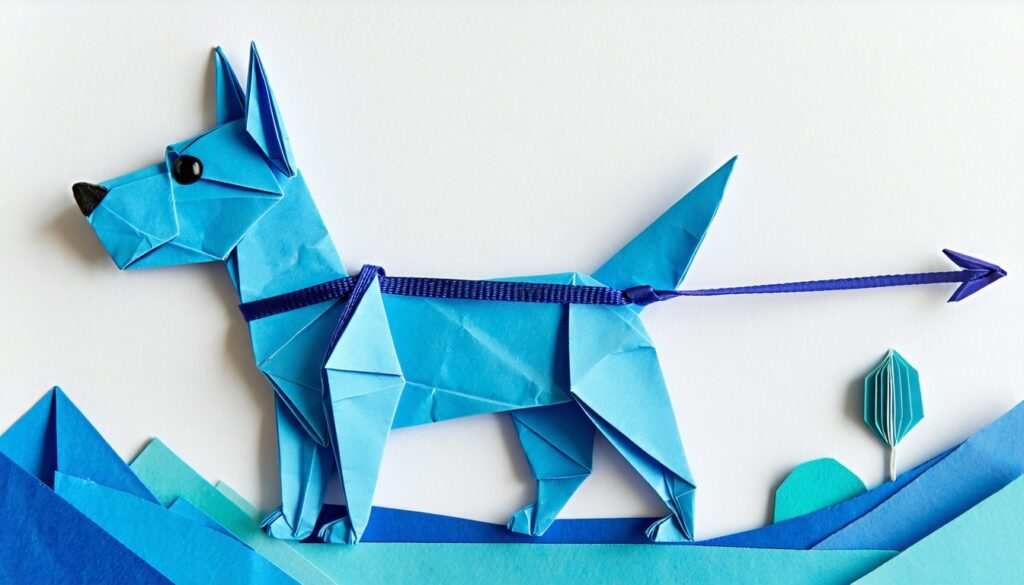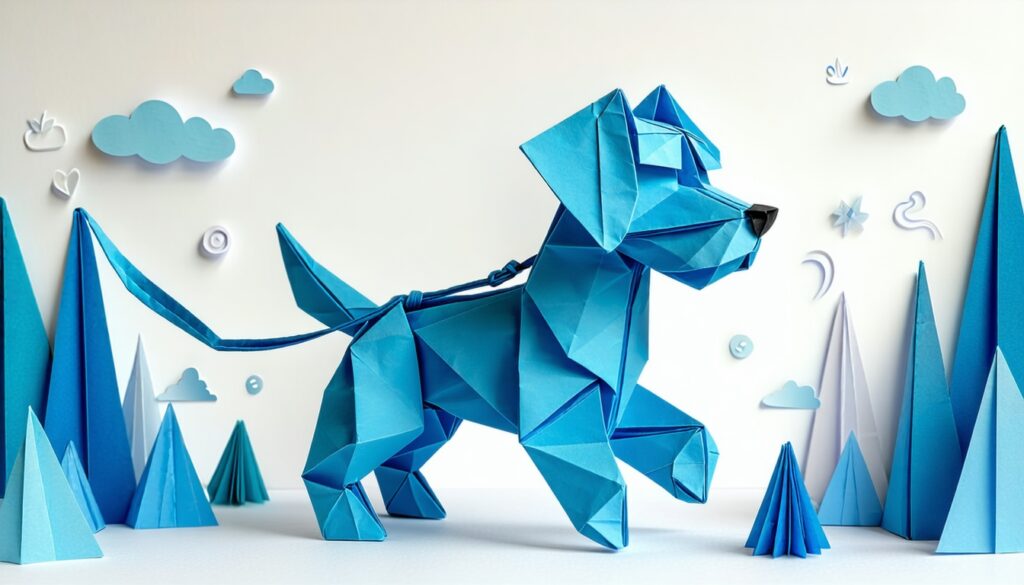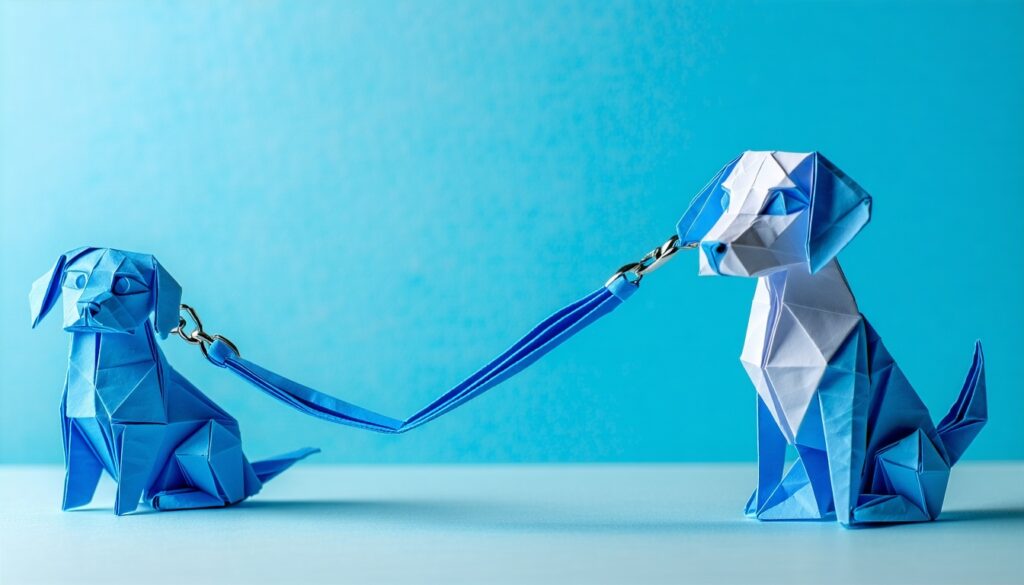Leash training small puppies can feel like a big milestone. You’re probably excited to take your tiny companion on stress-free walks around the neighborhood, but you may be wondering how to get started. Don’t worry, leash training isn’t as complicated as it seems. With some patience, well-chosen gear, and a few smart tips, you’ll be strolling side by side in no time.
Gather essential gear
Before you begin, make sure you have the right equipment. Lightweight yet secure gear works best for little pups.
Choose a collar or harness
- A comfortable harness often works better than a collar for small puppies, because it doesn’t put pressure on their neck.
- Make sure it fits snugly but not tightly. You should be able to slip two fingers underneath.
Use a lightweight leash
- Pick a leash that won’t drag your puppy down. A four- to six-foot length is plenty.
- If you’re curious about more detailed product suggestions, see puppy leash training for beginners for a step-by-step breakdown.
Build trust and confidence
Next, focus on making your puppy feel secure. New surroundings and strange noises can overwhelm your little one at first.
- Start by letting them sniff and explore the leash at home.
- Clip the leash on for brief sessions indoors, so they get used to the feeling.
- Offer treats or praise to reward calm behavior. You want them to see the leash as a positive sign of fun adventures.
Introduce fun training sessions
Short, upbeat lessons help your puppy learn faster and keep them engaged. This is a great time to reinforce good leash habits from the get-go.
Start short and sweet
- Aim for two or three mini-sessions a day, each lasting just five minutes.
- Gradually increase the session length as they gain confidence.
Practice positive reinforcement
- Reward them every time they walk calmly by your side.
- Even if they pull or get distracted, gently guide them back and praise their next good step.
- Looking for a more in-depth guide? Feel free to check how to leash train a puppy.
Overcome common puppy hiccups
Every puppy has a few stumbling blocks, so don’t sweat it. Patience is your best friend in these moments.
- If they pull forward, stop walking. Wait until they ease up, then continue.
- If they persistently tug or freeze, try a brief reset. Offer a treat to refocus their attention.
- For more pointers on balancing consistency and variety, you can explore leash training a new puppy.
Track progress and celebrate
Consistent reinforcement makes leash training more fun for both of you. Keep an eye on milestones to stay motivated.
- Notice when your puppy starts to stay by your side longer between treats.
- Mix up your routes once they’re comfortable, so they learn to adapt to new sights and smells.
- If you’re curious about structured practice, consider creating a routine from leash training schedule for puppies.
Wrap up your training
Leash training is an ongoing process. You’ll see an immediate boost in your puppy’s confidence when you keep sessions short, effective, and lighthearted. Think of each walk as a chance to strengthen your bond and build trust. Give yourself a little pat on the back for each small victory. Over time, your tiny four-footer will strut proudly at your side, turning every stroll into a joyful adventure.



